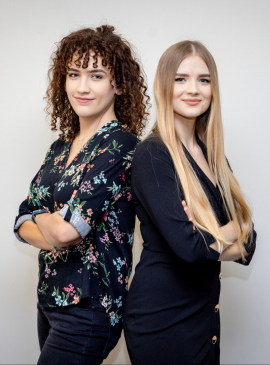OUR COMPANY
OUR SERVICES
THEMES
A workshop also for persons acting as trainers for internal and external clients.
Principles of effective training:
The quality of the trainer’s communication vs. the course of training:
Competencies of the trainer:
Methods to engage remote training participants:
Working with a group:
Redesigning training:
A workshop also for persons acting as trainers for internal and external clients.
Principles of effective training:
The quality of the trainer’s communication vs. the course of training:
Competencies of the trainer:
Methods to engage remote training participants:
Working with a group:
Redesigning training:
The number of participants: 8-12 people
Duration: 2 days
Available language: PL
Available course material: PL

ITIL® and PRINCE2® are registered trademarks of AXELOS Limited, used under permission of AXELOS Limited. All rights reserved.
AgilePM® is a registered trademark of Agile Business Consortium Limited.
All AgilePM® Courses are offered by Sii, an Affiliate of Quint Wellington Redwood, an Accredited Training Organization of The APM Group Ltd.
Lean IT® Association is a registered trademark of the Lean IT Association LLC. All rights reserved. Sii is an Affiliate of Accredited Training OrganizationQuint Wellington Redwood.
SIAM™ is a registered trademark of EXIN Holding B.V.
All prices presented on the website are net prices. 23% VAT should be added.
Czy chcesz opuścić tę stronę?